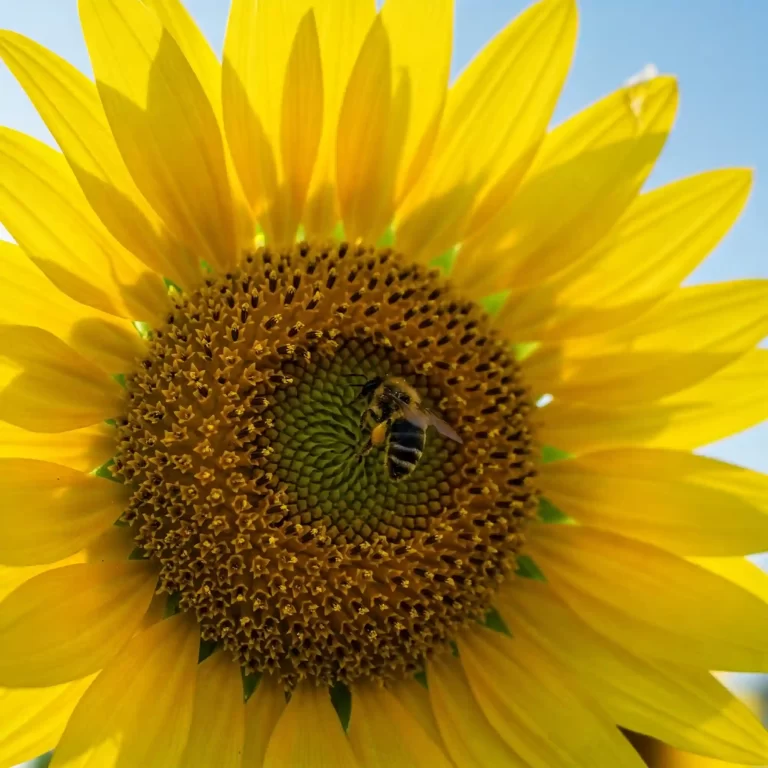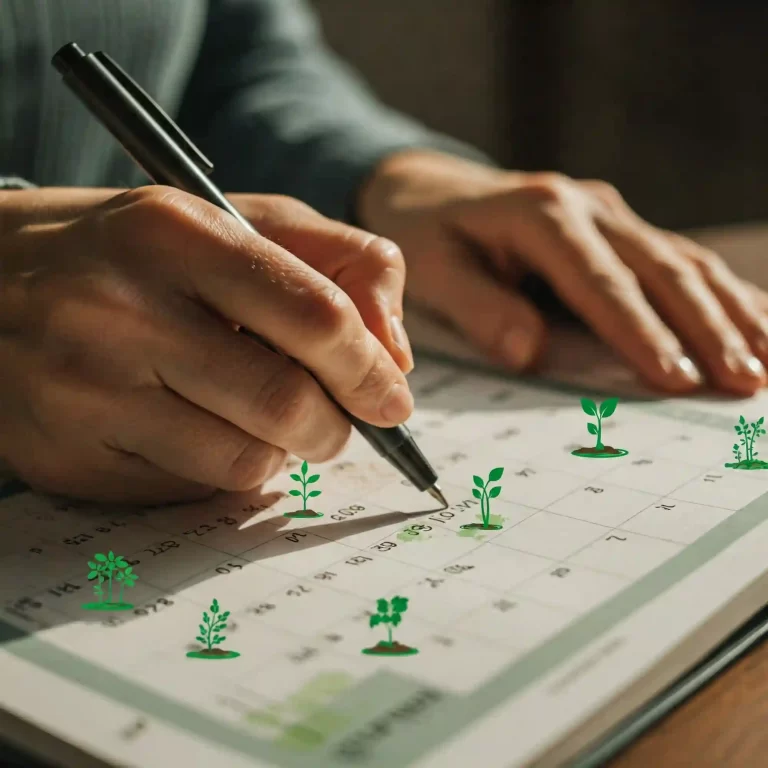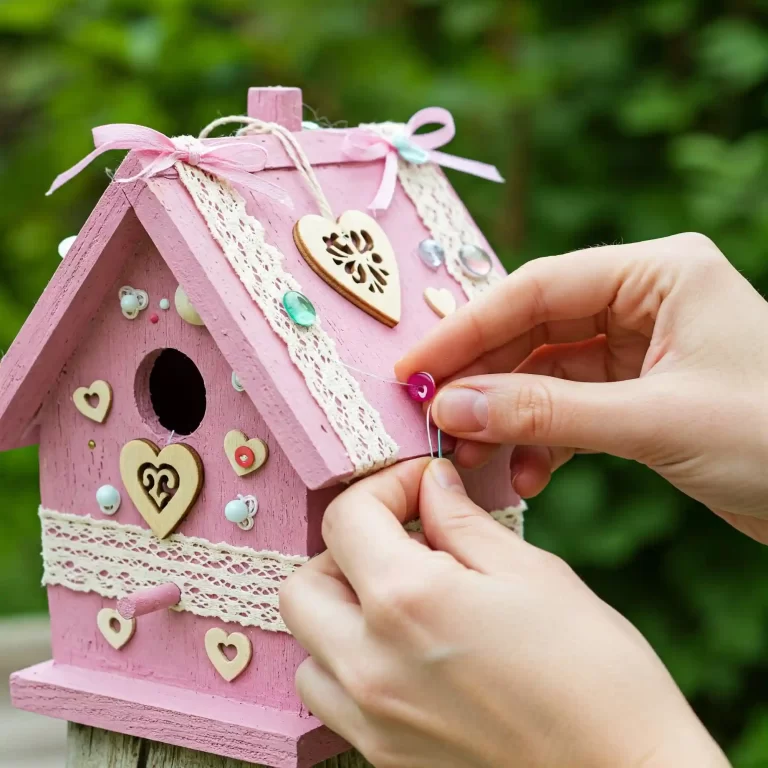| Key Takeaways |
|---|
| – A life cycle anchor chart is a visual representation of the stages of development of a living organism, such as a plant, an animal, or an insect. |
| – Life cycle anchor charts can help students visualize, compare, and learn about different types of life cycles, as well as develop critical thinking and inquiry skills. |
| – To choose the best life cycle anchor chart for your lesson, you need to consider the type of organism, the level of detail, and the availability of materials and resources. |
| – To create a life cycle anchor chart, you need to gather information, decide on the format, prepare the materials, draw or cut out pictures or labels, arrange and glue them on the chart, and add some facts or questions. |
| – To use a life cycle anchor chart in your lesson, you can introduce, explain, compare, and ask students to create their own life cycle anchor charts for different organisms. |
Do you want to teach your students about the amazing and diverse ways that living things grow and change? Do you want to make your lessons more fun and engaging with a simple and effective tool? If you answered yes, then you need to try making life cycle anchor charts!
A life cycle anchor chart is a visual representation of the stages of development of a living organism, such as a plant, an animal, or an insect. It can help students learn about the different phases of life and how they are connected. It can also help students compare and contrast different types of life cycles, such as complete and incomplete metamorphosis, or sexual and asexual reproduction.
In this article, we will show you how to make life cycle anchor charts that your students will love. We will explain the benefits of using life cycle anchor charts in the classroom, how to choose the best life cycle anchor chart for your lesson, how to create a life cycle anchor chart step by step, and how to use a life cycle anchor chart in your lesson. By the end of this article, you will be able to make your own life cycle anchor charts and use them to enhance your teaching and learning about life cycles.
What are the benefits of using life cycle anchor charts in the classroom?
Life cycle anchor charts are not only easy to make, but also very useful for teaching and learning about life cycles. Here are some of the benefits of using life cycle anchor charts in the classroom:
- They help students visualize the stages of development of a living organism. Students can see how the organism changes from one stage to another, and how each stage has its own characteristics and functions. For example, a butterfly life cycle anchor chart can show students how a butterfly goes from an egg to a larva (caterpillar) to a pupa (chrysalis) to an adult (butterfly), and how each stage has a different appearance, behavior, and role in the life cycle.
- They help students compare and contrast different types of life cycles. Students can see how different organisms have different life cycles, and how they are similar or different in terms of the number, duration, and complexity of the stages. For example, a frog life cycle anchor chart can show students how a frog has five stages in its life cycle: egg, tadpole, tadpole with legs, froglet, and adult frog, and how this is different from a butterfly’s four stages, or a plant’s six stages.
- They help students learn new vocabulary and concepts related to life cycles. Students can learn the names and meanings of the stages of the life cycle, as well as other terms and concepts that are related to life cycles, such as metamorphosis, reproduction, seed, sprout, vine, flower, etc. For example, a pumpkin life cycle anchor chart can show students how a pumpkin grows from a seed to a sprout to a vine to a flower to a green pumpkin to an orange pumpkin, and what each term means and how it relates to the life cycle.
- They help students develop critical thinking and inquiry skills. Students can use life cycle anchor charts to ask and answer questions, make predictions, draw conclusions, and explain their reasoning. For example, a sunflower life cycle anchor chart can show students how a sunflower grows from a seed to a sprout to a stem to a bud to a flower to a seed head, and students can use the chart to ask and answer questions such as: Why do sunflowers need sunlight? How do sunflowers make seeds? How are sunflower seeds dispersed?
As you can see, life cycle anchor charts can help students in many ways. They can make your lessons more interesting and interactive, and help your students achieve the learning objectives and standards related to life cycles.
How to choose the best life cycle anchor chart for your lesson?
Before you start making a life cycle anchor chart, you need to choose the best one for your lesson. There are many types of life cycle anchor charts that you can use or create, depending on the type of organism, the level of detail, and the availability of materials and resources. Here are some criteria and tips for choosing the best life cycle anchor chart for your lesson:
- Choose an organism that is relevant and appropriate for your subject and grade level. For example, if you are teaching science to kindergarten students, you might want to choose an organism that is familiar and easy to observe, such as a butterfly, a frog, or a pumpkin. If you are teaching biology to high school students, you might want to choose an organism that is more complex and challenging, such as a human, a bacteria, or a fungus.
- Choose a level of detail that is suitable and sufficient for your lesson. For example, if you want to teach the basic concept of a life cycle, you might want to choose a simple and clear format, such as a circular or linear chart, that shows the main stages of the life cycle. If you want to teach the specific features and functions of each stage, you might want to choose a more detailed and elaborate format, such as a flowchart or a diagram, that shows the sub-stages, the transitions, and the factors that affect the life cycle.
- Choose the materials and resources that are available and accessible for your lesson. For example, if you have access to a computer and a printer, you might want to use online sources or software to create and print your life cycle anchor chart. If you have limited access to technology, you might want to use paper, scissors, glue, and other craft materials to make your life cycle anchor chart. If you have access to real or artificial specimens of the organism, you might want to use them to make your life cycle anchor chart more realistic and engaging.
By choosing the best life cycle anchor chart for your lesson, you can ensure that your chart is effective and relevant for your students and your learning goals.
How to create a life cycle anchor chart step by step?
Once you have chosen the best life cycle anchor chart for your lesson, you can start creating it. Here are the steps to create a life cycle anchor chart from scratch:
- Gather information and facts about the life cycle of the organism you want to teach about. You can use online research links or nonfiction books to find the information you need. You can also use your own observations and experiences if you have access to the organism or its specimens. Make sure you have accurate and reliable information about the life cycle of the organism, such as the names, durations, and descriptions of each stage, and the changes and factors that affect the life cycle.
- Decide on the format and layout of the chart. You can choose a format and layout that suits your lesson and your students, such as a circular, linear, flowchart, or diagram format. You can also choose a layout that is horizontal, vertical, or diagonal, depending on the space and orientation of the chart. Make sure you have a clear and logical layout that shows the sequence and connection of the stages of the life cycle.
- Prepare the materials and tools you need for the chart. You can use different materials and tools to create your chart, such as paper, scissors, glue, markers, crayons, stickers, etc. You can also use online sources or software to create and print your chart, such as Google Drawings, Canva, or PowerPoint. Make sure you have enough and appropriate materials and tools for your chart, and that they are safe and easy to use.
- Draw or cut out pictures or labels for each stage of the life cycle. You can use your own drawings or cut out pictures from magazines, newspapers, or online sources to represent each stage of the life cycle. You can also use words or symbols to label each stage of the life cycle. Make sure you have clear and accurate pictures or labels for each stage of the life cycle, and that they are consistent and proportional in size and shape.
- Arrange and glue the pictures or labels on the chart. You can arrange the pictures or labels on the chart according to the format and layout you have chosen. You can use glue, tape, or pins to attach the pictures or labels on the chart. Make sure you have a neat and tidy arrangement that shows the order and relation of the stages of the life cycle.
- Add some facts or questions to the chart to make it more interactive and informative. You can use sticky notes, index cards, or paper strips to write some facts or questions about the life cycle of the organism. You can also use online sources or software to create and print your chart, such as Google Drawings, Canva, or PowerPoint. Make sure you have enough and appropriate materials and tools for your chart, and that they are safe and easy to use.
- Add some facts or questions to the chart to make it more interactive and informative. You can use sticky notes, index cards, or paper strips to write some facts or questions about the life cycle of the organism. You can also use online sources or software to generate some facts or questions, such as Quizlet, Kahoot, or Google Forms. Make sure you have relevant and interesting facts or questions that can spark curiosity and discussion among your students.
How to use a life cycle anchor chart in your lesson?
After you have created a life cycle anchor chart, you can use it in your lesson to enhance student learning and engagement. Here are some suggestions and activities for using a life cycle anchor chart in your lesson:
- Introduce the life cycle of the organism and ask students to predict the stages. You can show the life cycle anchor chart to your students and ask them to guess what each stage is and what happens in each stage. You can also ask them to share what they already know or wonder about the life cycle of the organism. This can activate their prior knowledge and stimulate their interest in the topic.
- Explain the life cycle of the organism and ask students to identify the stages on the chart. You can explain the life cycle of the organism to your students and ask them to point out or label the stages on the chart. You can also ask them to explain the changes and factors that affect the life cycle of the organism. This can help them understand and remember the information and concepts related to the life cycle.
- Compare and contrast the life cycle of the organism with other organisms on different charts. You can show different life cycle anchor charts to your students and ask them to compare and contrast the life cycles of different organisms. You can also ask them to classify the organisms into groups based on their life cycles, such as insects, amphibians, plants, etc. This can help them develop higher-order thinking skills and appreciate the diversity of life.
- Ask students to create their own life cycle anchor charts for other organisms. You can ask your students to choose an organism that they want to learn more about and create their own life cycle anchor chart for it. You can also ask them to present their life cycle anchor chart to the class and explain the life cycle of their chosen organism. This can help them apply their knowledge and skills and demonstrate their learning outcomes.
Conclusion
Life cycle anchor charts are a great way to teach and learn about life cycles. They can help students visualize, compare, and learn about different types of life cycles, as well as develop critical thinking and inquiry skills. They are also easy and fun to make and use in the classroom.
To make life cycle anchor charts, you need to choose the best one for your lesson, gather information, decide on the format, prepare the materials, draw or cut out pictures or labels, arrange and glue them on the chart, and add some facts or questions. To use life cycle anchor charts, you can introduce, explain, compare, and ask students to create their own life cycle anchor charts for different organisms.
We hope this article has inspired you to make and use life cycle anchor charts in your classroom. We are sure that your students will love them and learn a lot from them. Happy teaching and learning!



